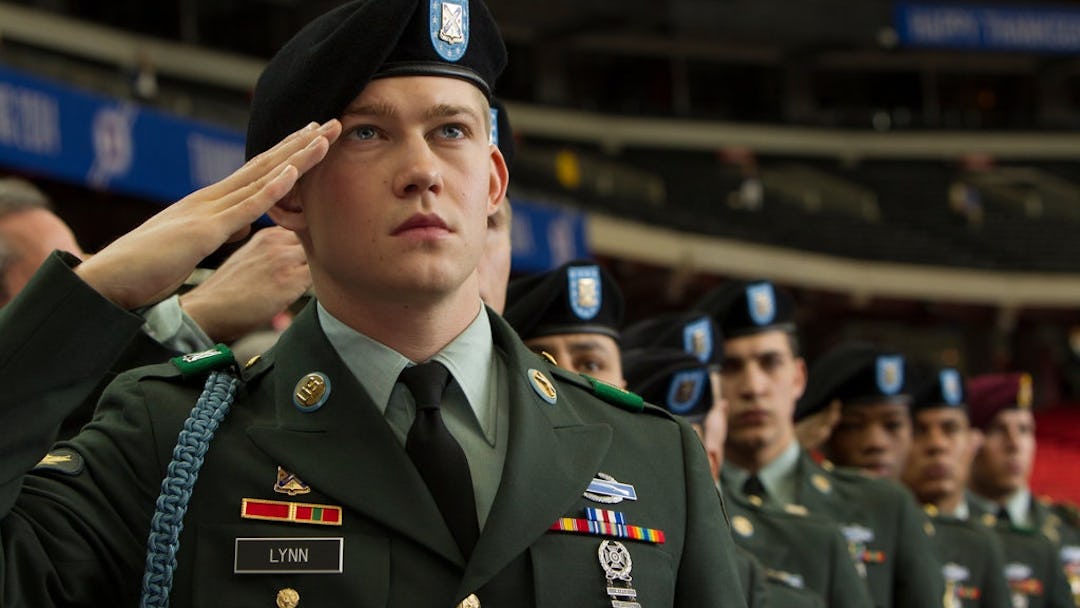Maybe you have to have been a struggling, low-budget filmmaker in the mid-to-late 1990s to understand the near-mythic qualities of 24 frame-per-second (aka 24 fps) video. Put as briefly as possible: for most of its history, motion pictures have run at 24 frames per second. For most of its history, to that point at least, video ran at 30 frames per second (60 frames, technically, but alternated and interlaced). That subtle difference in the capture and playback of the image, those six extra frames in each second of each film or television show, had an indefinable but undeniable effect on what felt, to the American moviegoer, like “film” and what felt like “video.”
So low-budget filmmakers were stuck in the unenviable position of either having to a) beg, steal, charge, and borrow to scrape together the funds to shoot, develop, and cut on an expensive film format like 16mm, or b) shoot on video, which was far cheaper and looked it — stacking the odds high against any sort of recognition, exhibition, or distribution. Thus, the years-long promise of video calibrated to shoot at 24 fps was the wildest dream, the solution to all woes; it was cheap like video, but looked like film, and everybody won.
And it’s thus bizarre to watch the stream of ostensibly cutting edge names like Peter Jackson and James Cameron rush to embrace the Dazzling New Technology of HFR. Those letters stand for high-frame rate, which retreats in the opposite direction, shooting not at 24 fps, or even 30, but – in the case of Ang Lee’s new drama Billy Lynn’s Halftime Walk – a mind-boggling 120 frames per second. If I got in the DeLorean and went back to 1998 to tell my struggling moviemaker iteration that one day, the biggest directors in the land would clamor to make movies that looked and sounded more like video, I’d find that harder to believe than the time travel.
I saw Billy Lynn on the final day of the New York Film Festival, where it was greeted two days earlier with so much vitriol, I thought I had properly prepared for how bad it would look, and was still shocked. Lee didn’t just shoot at 120 fps – he also shot in 4K HD, ensuring that every single one of those ugly frames is crystal clear. From the opening scenes, the too-smooth movements and sheer video-ness of it all function like a Brechtian alienation effect; it looks so cheap, in fact, that when a movie star like Steve Martin or Vin Diesel appears it’s jarring, like one of those wedding photo shoots where Bill Murray unexpectedly appears to gallivant with the bride.
The story, in brief, concerns Billy (newcomer Joe Alwyn, who is fine), an American soldier serving in Iraq in 2004 whose brave attempt to rescue his commanding officer (Diesel) is captured by an abandoned news camera, and makes him and his platoon into heroes. The film spends a few hours with them, at the end of a two-week publicity tour/victor lap that culminates with an appearance during the halftime show at a Dallas Cowboys Thanksgiving Day game.
I’m sure there are scientific explanations for the advantages of his high frame rate, about how the human eye sees the world, so this is a more lifelike and immersive way of presenting this experience from Billy’s perspective, etc. (That specific approach, articulated above, is the only explanation imaginable for the surplus of direct-to-camera dialogue.) And maybe that’s true. But everything about it – the movement, the staging, the focus, the transitions – feels wrong. And that wrongness is expressly tied to all of the visual connotations we have to video that looks like video. When the too-crisp deep focus captures every over-mimed conversation between background actors, it feels like an amateurish student film. When a series of fans deliver heartfelt, clumsily cross-faded, straight-to-camera thank-yous to Billy for his bravery, it looks like a bank commercial. The medium doesn’t even give immediacy to his Iraq flashbacks; they just look like a soap opera did a War on Terror subplot. When the image is so crisp we can see the edges of Kristen Stewart’s scar make-up, it’s as if we’re suddenly in a community theater audience. And when we’re hyper-aware of the occasional fly buzzing through the scene, it’s like we’re watching Manos, The Hands of Fate.
Okay fine, you might groan, not unreasonably, but who cares about that stuff, what about the movie? And I could tell you that I’m pretty sure, even without the distraction of the HFR (to say nothing of the entirely worthless and unnecessary 3D), that Billy Lynn is still bad – clumsily written, haphazardly choreographed, mawkishly scored, full of big speeches, inexplicable conflicts, and wooden characters. But that’s hard to say, because the look of the film so thoroughly encroaches on every element of its being. It’s not just an aesthetic concern; the technology makes even its ostensibly intimate, down-home front-porch scenes feel infinitely more staged. By the end of the film, rather than settling into the variation in the medium and forgetting about it, Lee has only managed to make us hyper-aware of the artificiality of the entire movie-making process.
“That’s what we call, in my world, a real movie moment,” Chris Tucker grins at one point, but he’s wrong; Billy Lynn is comprised solely of movie moments, each and every one of them more false and stiff than the last. It’s sort of astonishing, when you think about it – that a gifted filmmaker and a major studio spent this much time, energy, and money to make a movie that looks like a low-budget, shot-on-DV, late-‘90s erotic thriller.
Billy Lynn’s Halftime Walk is out today in limited release.
